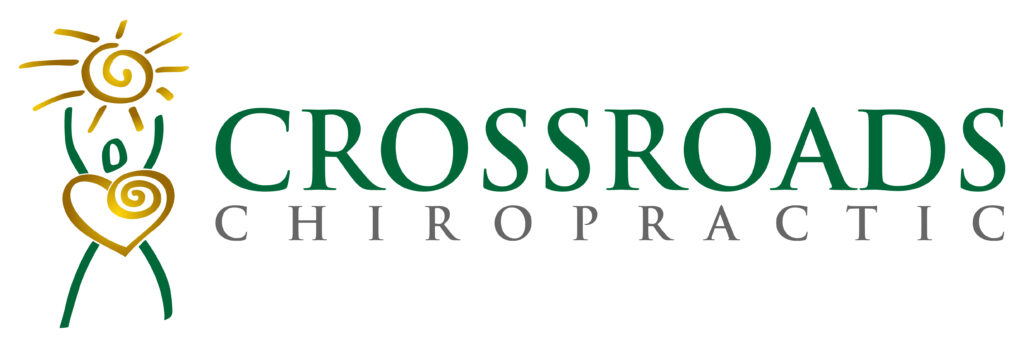Sometimes I’m asked a very common question when dealing with spinal problems: is the issue a bone problem or a muscle problem? The answer can be both or neither. But it’s not really ever one or the other. You see the muscles attach to the bones (thus having the ability to move the bone). So if the muscle spasms or is tight/restricted it can pull a bone out of alignment. Conversely, if you hypothetically tripped and misaligned a bone, then walking around with a misalignment could cause the surrounding muscle to work incorrectly. See, what I’m getting at? It’s a chicken or egg situation.
The real truth, is that what we really are discussing here is a subluxation. This is when a bone deviates from its normal position. This has implications for the biomechanics of the subluxated area: the muscle, bones, and surrounding soft tissue. But more importantly, it has an effect on the neurological system. Remember, the spinal cord runs through the spine and has nerve roots that bud off of it and run out to every organ, tissue, and cell in your entire body. Basically, nothing functions, unless the brain gives it instructions/directions/information/feedback. This simple concept is a very big deal. So if a bone becomes subluxated, it can begin to diminish the function of the surrounding neurology and ultimately become detrimental to your overall health. This is why getting adjusted is so important, even if you have no pain. Removing the subluxation will protect your biomechanics and your neurological function.
This is why we encourage ongoing chiropractic care! Not because of pain, or simply a bone problem, or muscle problem, or even a nerve issue. But rather, to keep you from having a subluxation issue, which robs you of all of the above! Your total health is our hope, objective, and goal!
In Health, Dr. Graham
